On a recent trip to Sawyer County in Northern Wisconsin, I had the opportunity to watch and enjoy Common Loons with the chicks. I keep learning new things about these magnificent birds while a spend time watching them. Images were taken during the last week or so of June 2015.
Common Loon
Binomial name: Gavia immer
Category: Loons
Description: Black head with black and white checkered body in summer for breeding season; brown and white body in the winter. Blackish-blue bill that is held horizontally and black feet.
Size: 24″-40″ long, 4′ – 5′ wingspan
Weight: 4 lbs. – 8 lbs.
Habitat: Large lakes and shorelines
Diet: Fish (perch, trout, sunfish, bass, crayfish)
Nesting: Usually nests on small islands or other locations safe from land-based predators. The nest may be made out of thin sticks, dried grasses, or a depression in mud or sand. Typically 1 to 3 eggs will be laid at one time and will be incubated by both parents. The parents aggressively protect their nests and share the responsibility of feeding the young. Baby loons may be seen riding on the back of either parent in the water.
Notes: The Common Loon has legs positioned in the rear of its body. This makes for excellent diving and graceful swimming; however, it also makes for awkward landings and clumsy walking. In fact, Loons require a “runway” spanning 30 yards or 1/4 mile for take-off and landing AND it can only be done in water. Loons have actually been stranded in small ponds, icy lakes, or even a parking lot without a suitable runway and must be rescued.
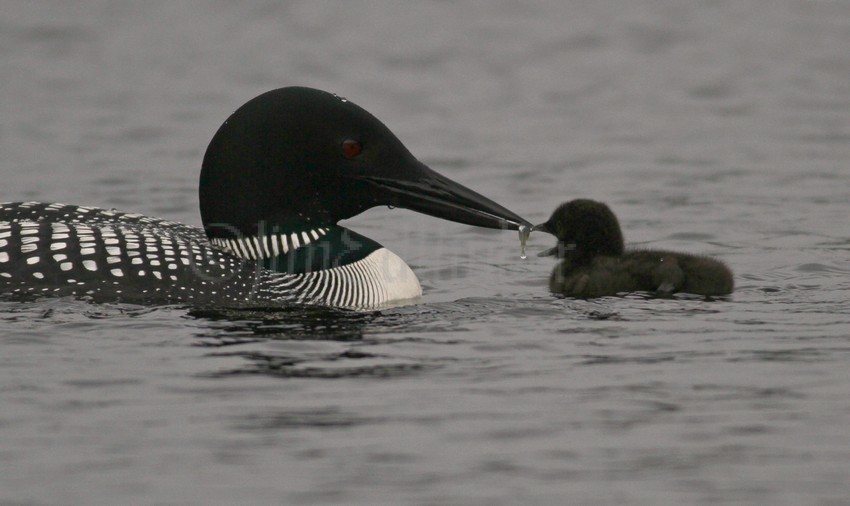
Adult Common Loon feeding the young. In my observations the female rests with the chicks off feeding time. The adult male is no where to be seen but at feeding time shows up by flying into the area and landing or just appears out of nowhere along a shoreline or moves in from along ways off in underwater swimming.
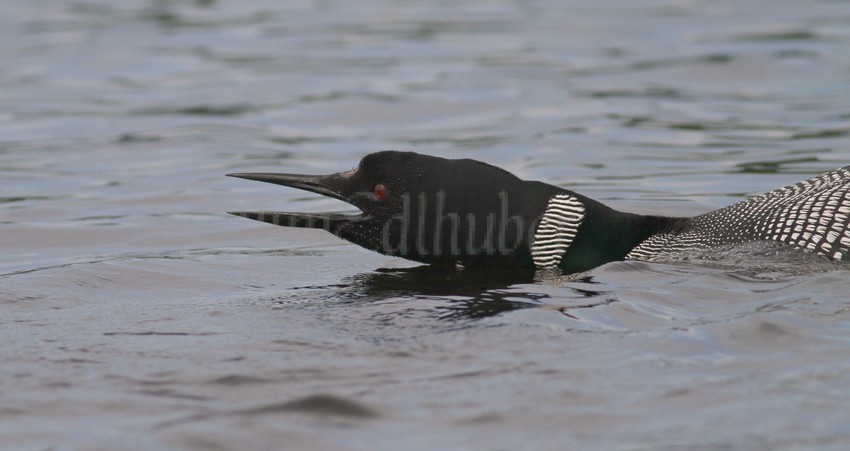
This adult was doing the YODEL call. Moments before a different adult was calling from a distant location but could not be seen. These 2 adults layed very low in the water, almost appeared they were trying to hide but still being on alert.
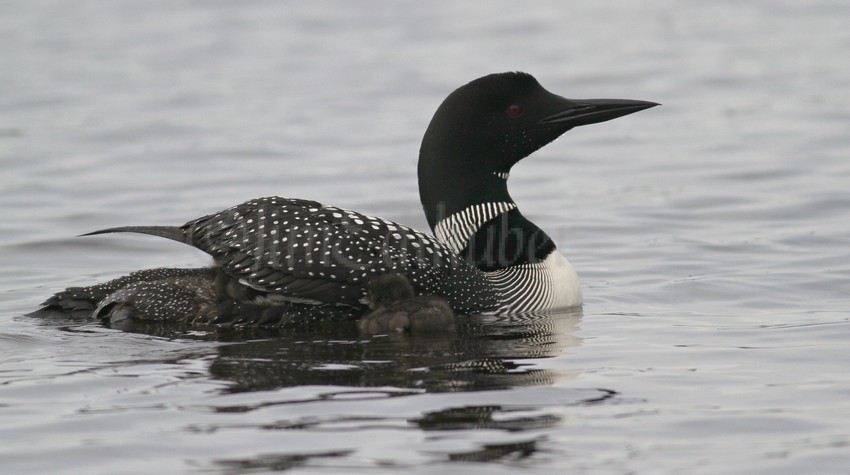
Adult Common Loon with a chick under the adult wing and 1 standing by. I observed 2 chicks under the wings of an adult for well over an hour and I could not see them until the came out, amazing!

In this image there are 5 adult, which I think are males, but this is only a guess. I have observed adults gather for years in the early morning, then departing going their separate ways. I have also observed adults gathering, leaving the group, going to help the female feed young, then retuning to a group.


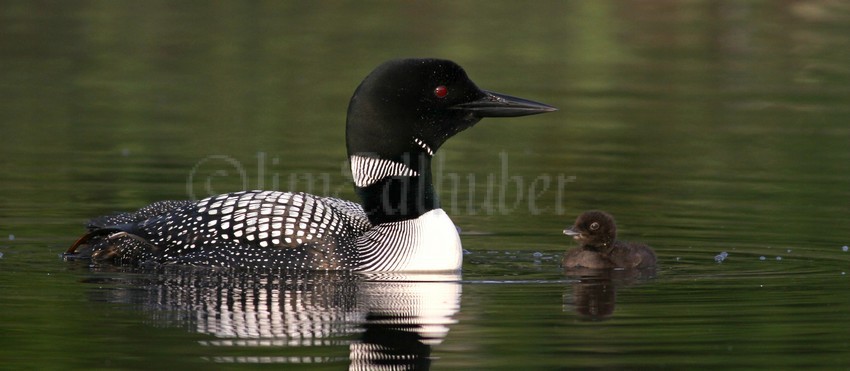


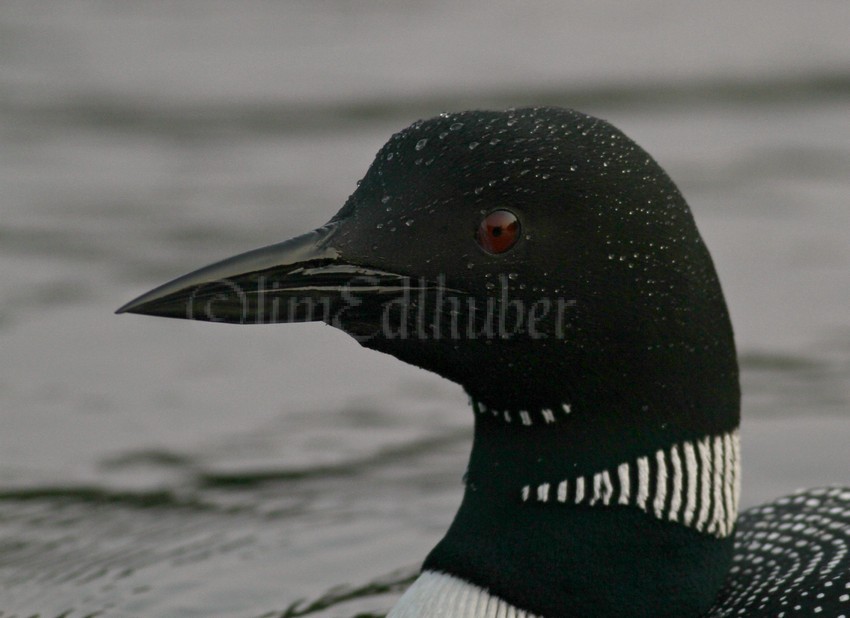
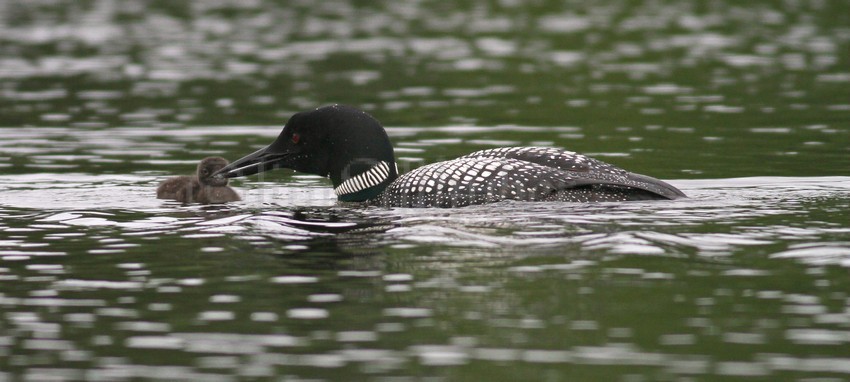



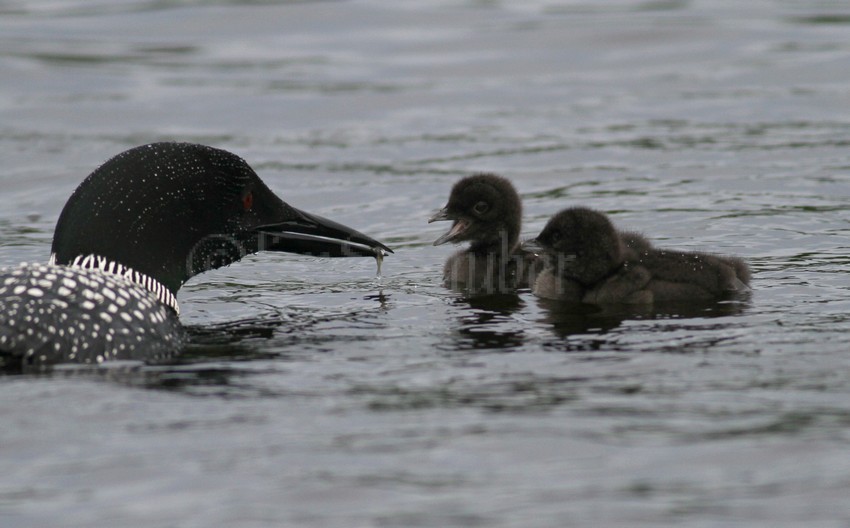
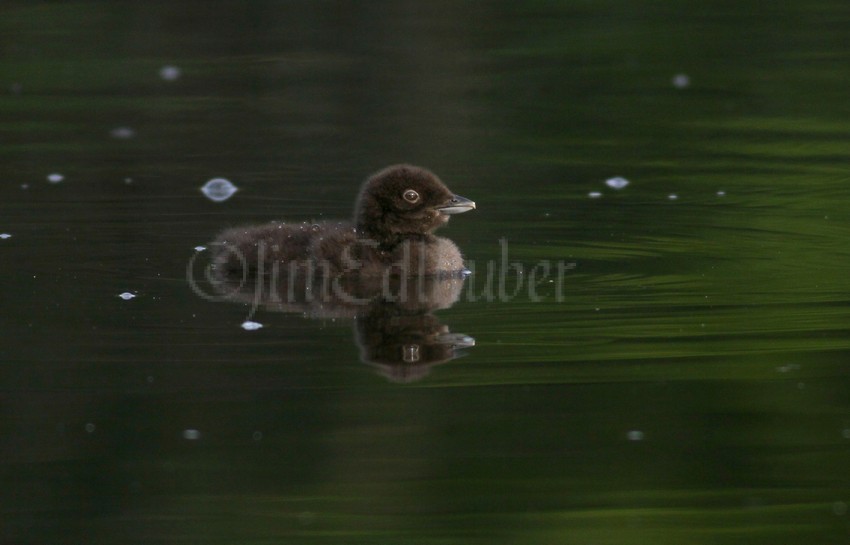
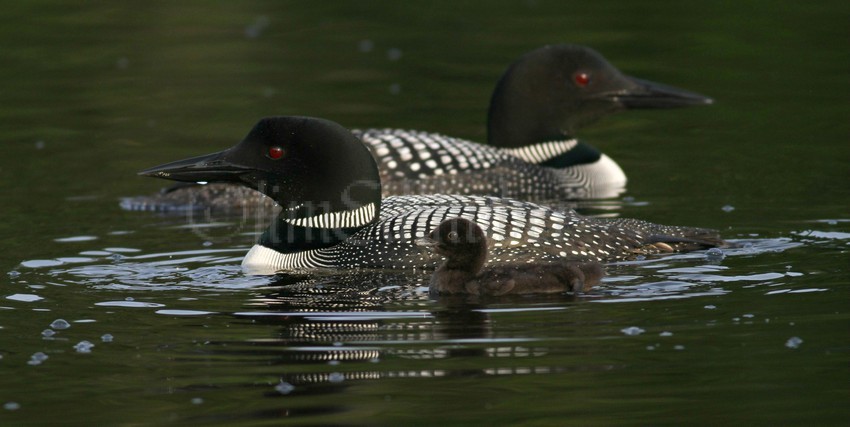
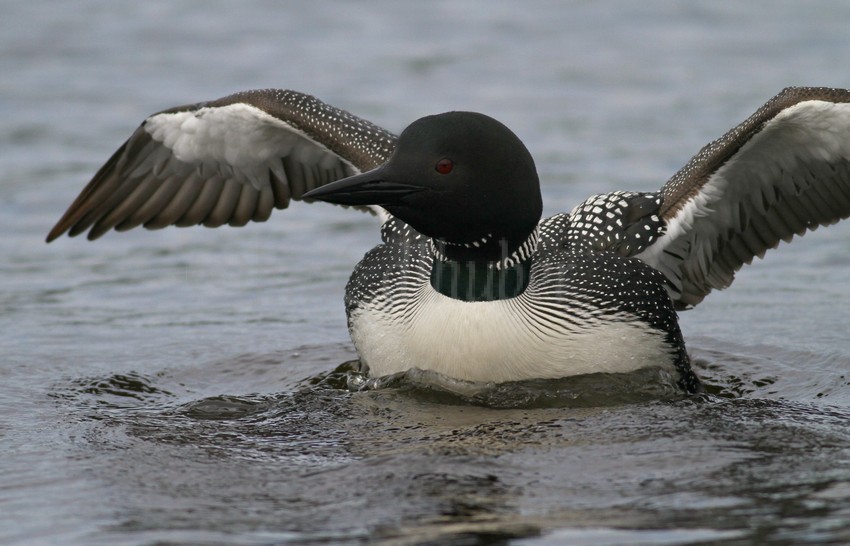

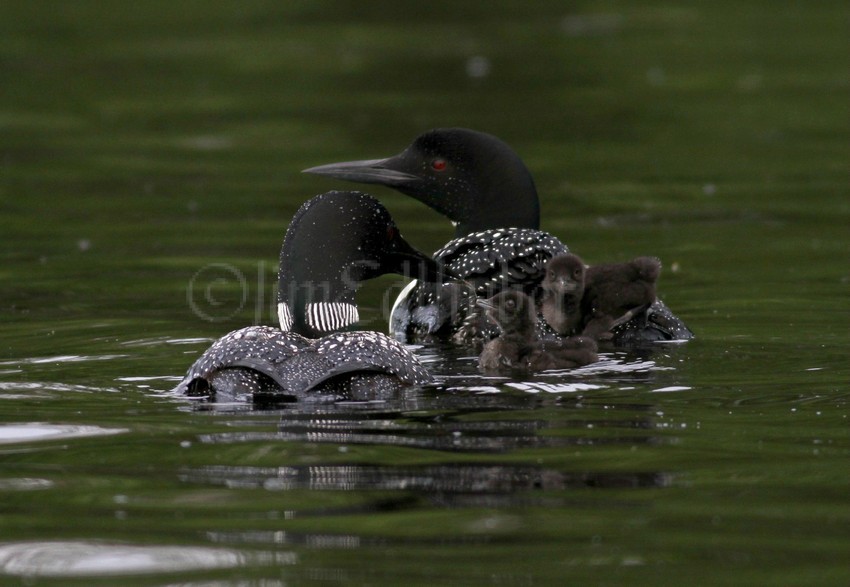
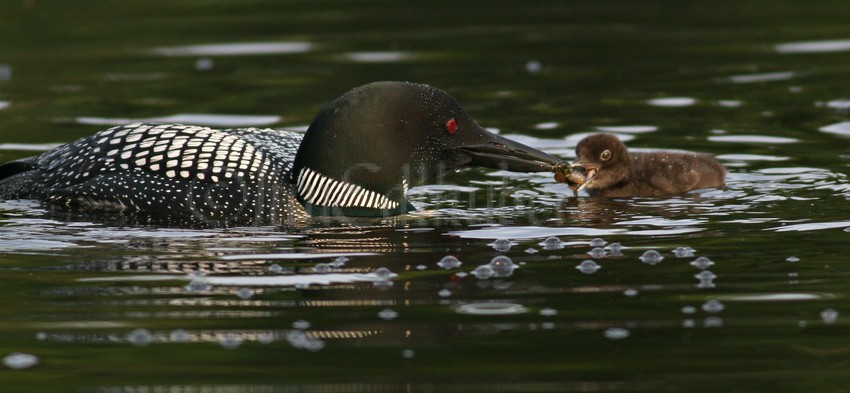



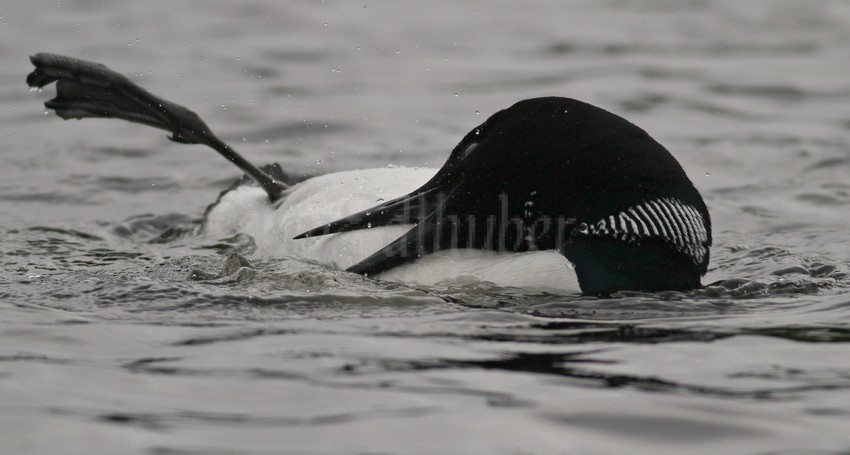


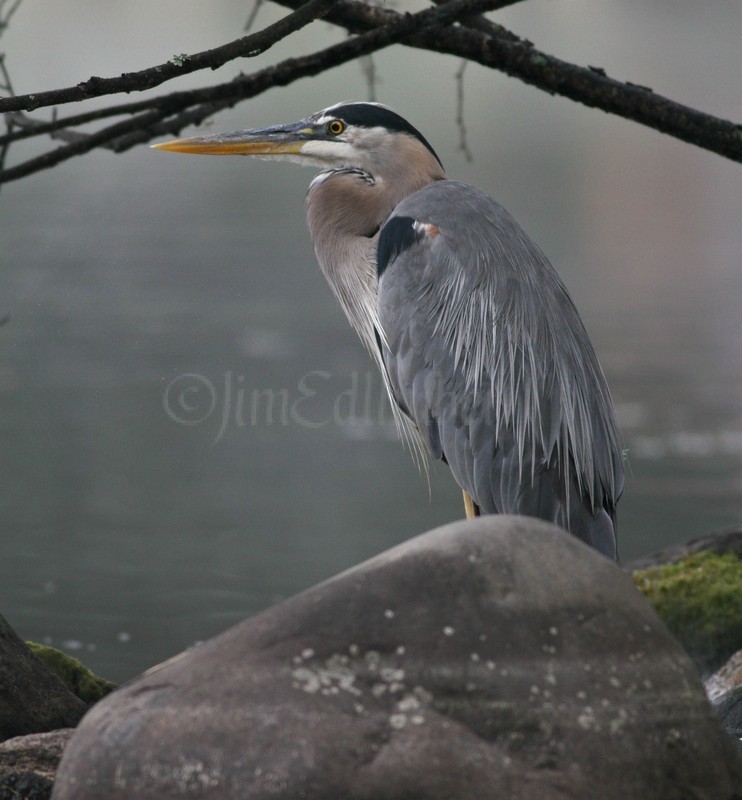

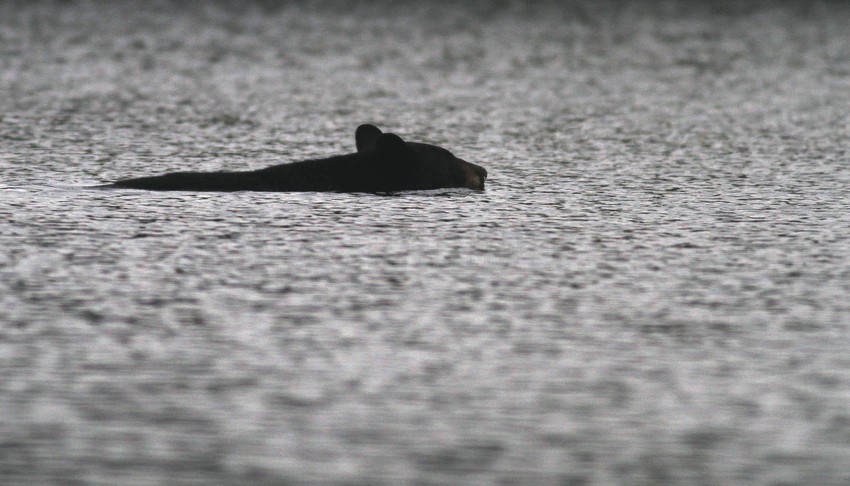





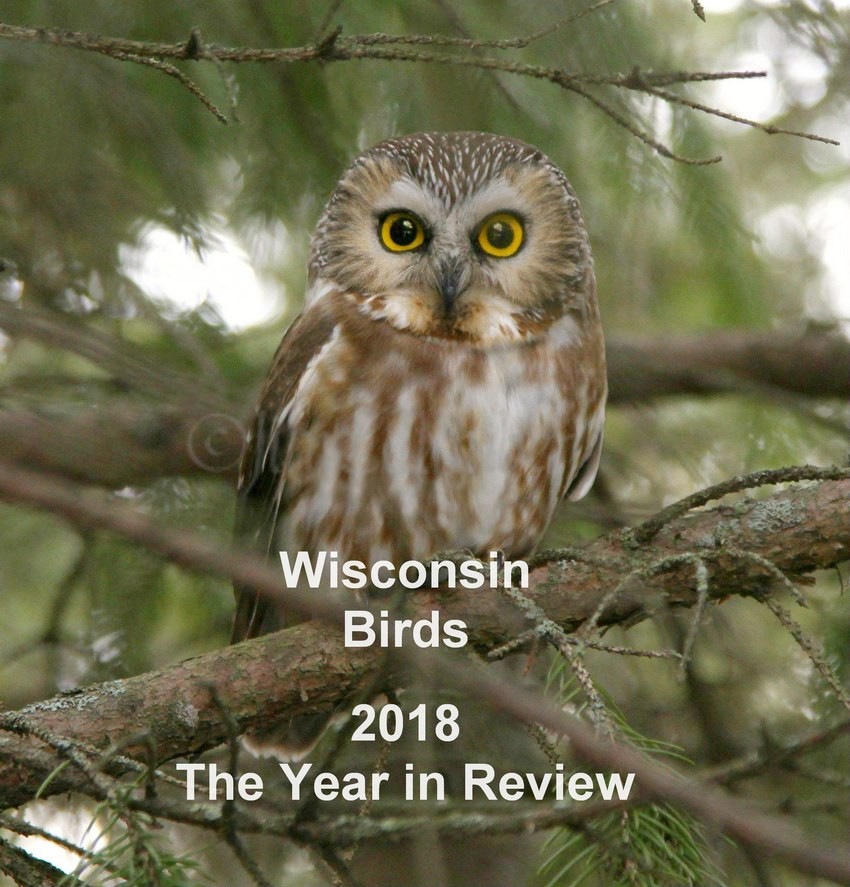
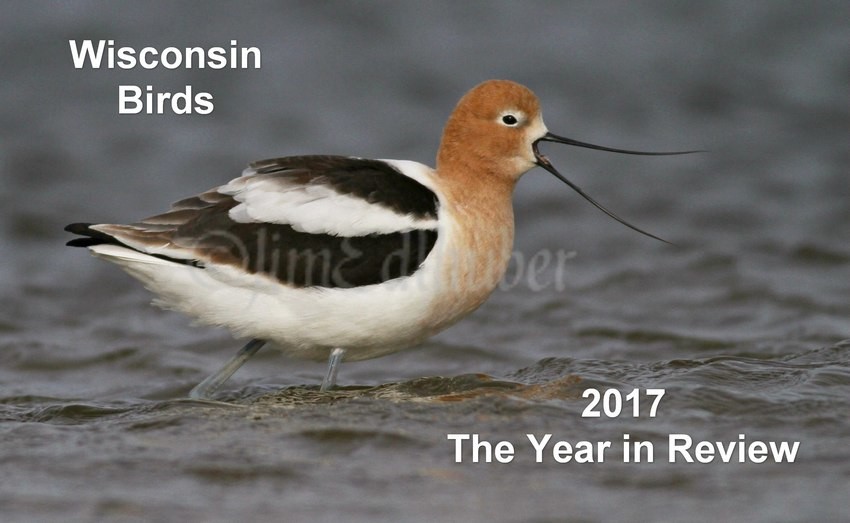
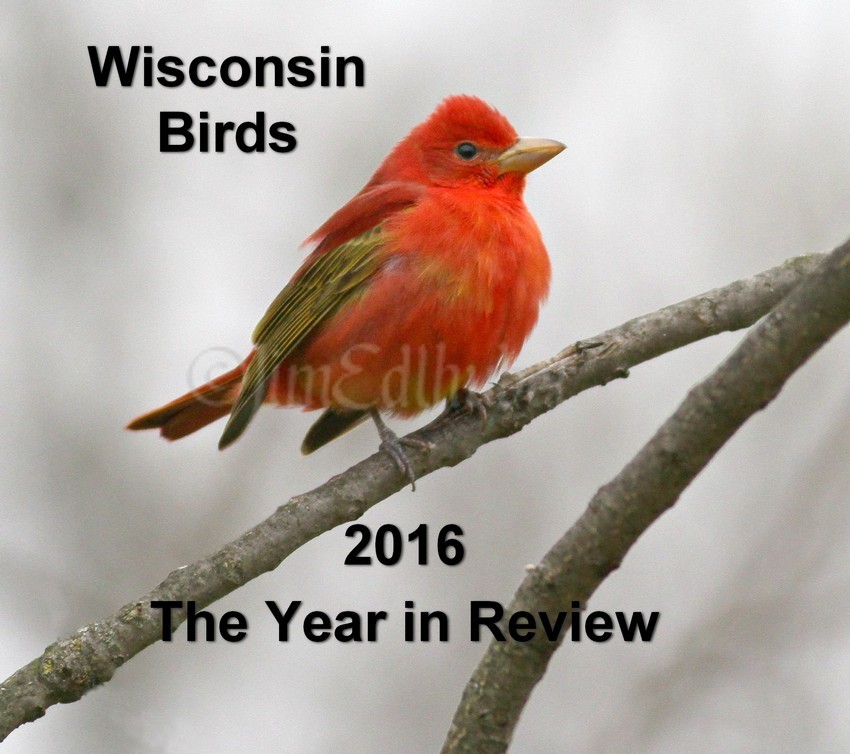
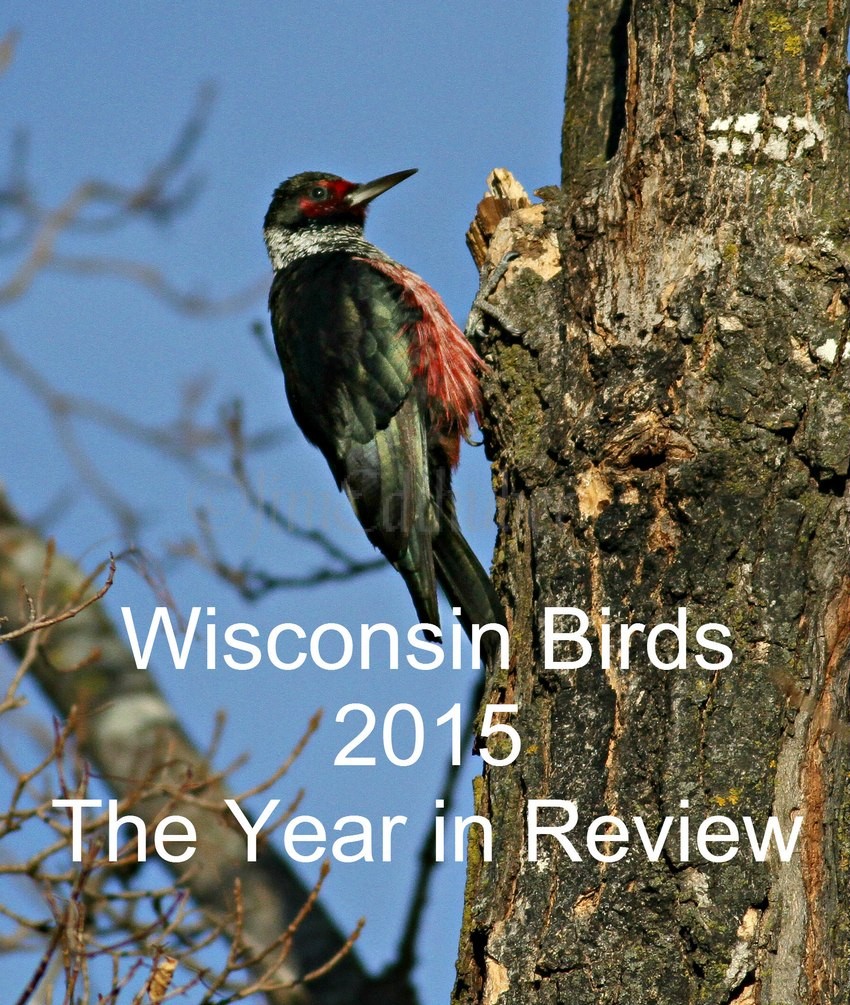


Fantastic series of captures Jim!!!! Loved them all!! What a wonderful trip for you! Looking forward to seeing more!
Love the photos! We visited Crex Meadows on July 4 and watched a Common Loon with a baby on its back. Also saw a pair of Red-necked Grebes feeding their three checks. Nature is grand!
I didn’t realize the male loons gathered in groups and “hung out” for a while before getting to their tasks for the day. Learned something new today! Excellent photos!
What a treat to be able to see and photograph them. Thank you for sharing your photos.
Jim, these pics of the Loons are so very good…so enjoyable to see them. Happy for you that you got up there to relax and photograph them, and thanks for sharing them on here.
I still have my print of the “hitchhiker”, and enjoy it so much.
Thanks again!
These are precious & beautiful photos!